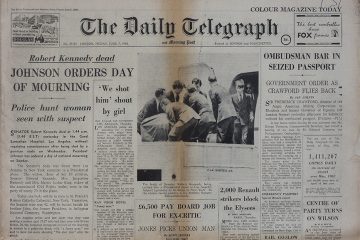The Historic Significance of Bridge of Spies

Introduction
The Bridge of Spies is not only a geographical landmark but also a crucial symbol of diplomacy during the Cold War. Its importance lies in the dramatic story of espionage and the strategic negotiations that took place during a time of heightened tensions between the United States and the Soviet Union. Understanding its historical relevance enables us to appreciate the complexities of international relations during the era.
Historical Context
The term ‘Bridge of Spies’ primarily refers to the 1962 prisoner exchange that took place at the Glienicke Bridge, which connects West Berlin and Potsdam in East Germany. This exchange became famous due to the prominent figures involved: the American U-2 pilot Francis Gary Powers, who was shot down over Soviet airspace, and Soviet spy Rudolf Abel, who had been captured by the FBI. The exchange was not just a matter of retrieving valuable assets, but it also represented a rare moment of cooperation between adversaries during a time filled with espionage and distrust.
Key Events
The slow-moving escalation of the Cold War led to increased awareness of the need for negotiations. The capture of Powers in 1960 heightened tensions, as his plane’s downing revealed the extent of U.S. intelligence operations against the USSR. Following a lengthy negotiation process, the actual exchange took place on February 10, 1962. On that day, media from around the world provided extensive coverage as both sides met at the Glienicke Bridge to complete the handoff—a moment that captured global attention and underscored the intricate dance of diplomacy.
Significance of the Exchange
The successful exchange of spies on the Bridge of Spies marked a significant diplomatic achievement for both countries. It revealed the possibility of negotiations even amidst hostilities, which has had lasting implications in international relations. The event initiated conversations about arms control and espionage policies, guiding future negotiations during the Cold War.
Conclusion
Today, the Bridge of Spies serves as a powerful reminder of the complexities involved in international diplomacy. It highlights how diplomacy and negotiation can turn a moment of confrontation into an opportunity for dialogue and peace. As new geopolitical challenges arise, the lessons from the Bridge of Spies continue to resonate, reminding us of the importance of communication and understanding in global relations.









